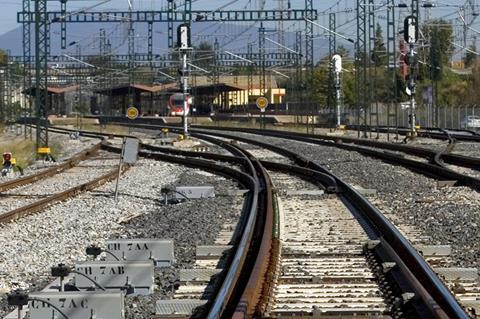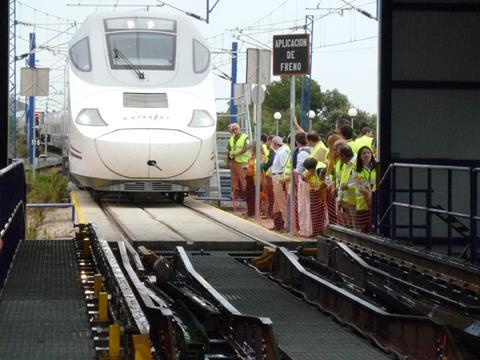
SPAIN: The government has reopened the long-running debate over which gauge should be adopted for the principal sections of the main line rail network, with the Ministry of Development and infrastructure manager ADIF establishing a panel of multi-disciplinary specialists to assess the strategy for the core Red Ferroviaria de Interés General network.

The panel will examine the network on a corridor level, assessing how any national gauge changing programme could be undertaken in a cost-effective manner, the problems which might be encountered and how it could disrupt services.
Reflecting the need to cater for freight traffic in particular, the panel is led by representatives from the logistics and industrial sectors, supported by rail infrastructure specialists.
In the past three decades, Spain has developed a high speed network of largely 1 435 mm routes alongside its legacy 1 668 mm gauge conventional routes, although as the high speed network has grown, some recent sections have been built to broad-gauge with a view to future conversion.
At the same time, there is growing pressure to ensure that Spain is effectively plugged into the various pan-European freight corridors and the TEN-T network.
This has led to the widespread deployment of sleepers designed to facilitate future conversion of broad gauge routes, and the decision to lay dual-gauge tracks on certain strategic axes, such as the Barcelona – Valencia Mediterranean Corridor.

















